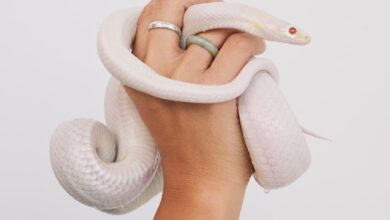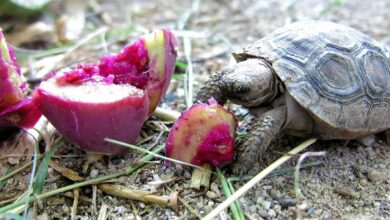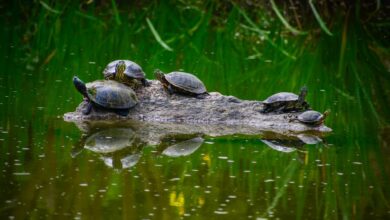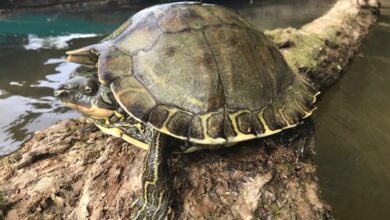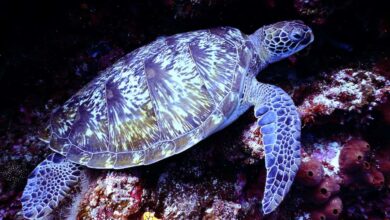Exposed Bone Where the Scute Should Be
The shell of a turtle is composed of almost 60 bones. The hard outer shell layer, known as the scutes, is formed by a thin epithelium covering the bony shell. Scutes are plate-like scales with a keratin composition comparable to that of fingernails.
They protect the bones and epithelium of the shell underneath them. The epithelium generates a new scute beneath the old ones bigger in diameter than the one layered on top, allowing the shell to expand as the turtle develops.
The scutes on the shells of most turtles and tortoises stay on for the rest of their lives, strengthening and protecting the shell. Scutes’ outer layers can be worn down, particularly in burrowing tortoises, although rarely shed.
The outer layer of scutes is lost annually by several species of water turtles (Deirochelys, Genera Chrysemys, Graptemys, Trachemys, Pseudemys, and Malaclemys). This prevents the shell from becoming too thick and heavy to swim in, and it also helps in the removal of algae and other organisms that develop in an aquatic environment.
Water turtles shed their scutes as they get mature, which is natural. Depending on the species of turtle and if it is healthy, a peeling shell might indicate illness.
All turtles and tortoises lose the skin on their legs and necks in addition to their scutes. The skin of a turtle differs from yours; it is not elastic and does not expand to allow for growth. Turtles outgrow and lose their old skin in stages as they get older. This is particularly visible in aquatic turtles, and it also acts as a defensive measure against infection.
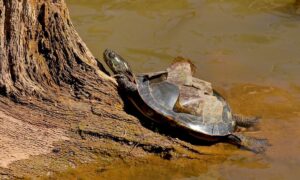
Why Do Turtles Shed Their Scutes?
The shell of a water turtle grows in parallel with the rest of its developing body, resulting in healthy shedding. Bacteria, parasites, algae, environmental problems, and nutritional deficiencies are significant causes of shell disorders. It’s critical to be able to tell the difference between normal shedding and issues that might put your pet’s health or life in danger.
First, check to see if the shell behind the peeling scutes appears to be expected. There’s an issue if the shell seems misshapen, reddish, or bleeding behind the scute, has exposed bone, or feels soft or spongy. Seek veterinarian care as soon as possible. If your turtle’s scutes are constantly shedding or are peeling but not entirely falling off, you should consult a veterinarian.
Healthy Shedding
Peeling is expected during the development process as long as the thin layers peel off, leaving a normal-looking and feeling shell.
- Scutes should not fall off in pieces and should be complete and whole. It may be a sign of illness if they don’t. Sharp rocks can harm your turtle’s scutes or cause it to shed too early, so be sure nothing in its environment is potentially dangerous.
- Shed scutes should be thin, nearly transparent, and not too thick. They should essentially look like the shell from which they came.
- When a water turtle’s scutes come off, it’s natural for it to eat part of them. Remove shed scutes from the tank to be safe since they might harm your turtle’s neck and internal organs.
Prevention
In many situations, preventing scute shedding is unnecessary. It’s an essential component of water turtle development and health. It’s critical to provide your turtle with a suitable environment and to consult a veterinarian as soon as any health difficulties arise.

